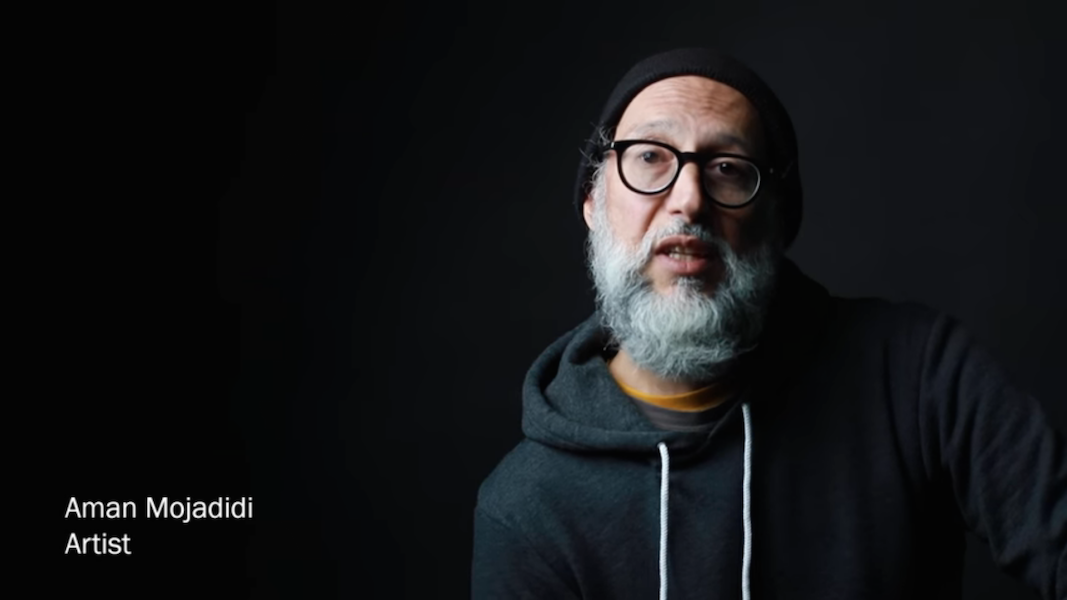This blog post was inspired in large part by Afghan-American artist Aman Mojadidi, and his phone booth storytelling art installation in Times Square, New York, which he titled “Once Upon a Place.” While the art installation has since been moved, Mojadidi successfully took an obsolete phone booth and made it interactive to convey the personal narratives of immigrants from around the world.
At Social Change Consulting, we come across numerous nonprofit organizations directly serving immigrant clients. Effectively capturing and conveying their clients’ stories can help these organizations fulfill their missions. These stories are used in outreach efforts to support new clients, to share with prospective collaborators to outline partnership agreements, to share with donors and foundations to relay the impact of their work, and, in many cases, to influence politicians voting on immigration policies. But several issues arise in the work of story-telling.
The most obvious problem is simply not telling the story. Too often opportunities are missed as organizations find that they do not have the time or personnel to engage with their immigrant clients. One simple way to address this problem is to have the program coordinator most involved in working with clients jot down some notes about what they recall about a success story. Then invite the client to fill in the gaps or add in personal anecdotes. Short stories that are only a few sentences long are often great for social media posts.
Another dilemma arises, as sometimes working with an immigrant client requires more time to capture the breadth of one’s story. This requires a person who can touch base with a client on an ongoing basis, while also having the interpersonal skills to make a client feel reassured in opening up about traumatic experiences. Stories that really delve into the background of an immigrant’s story are helpful for many reasons. For some, storytelling can be therapeutic as it provides an outlet to process their own recollections, and even gain support from strangers hearing their story for the first time. These more extensive stories also give prospective collaborators or partner organizations an identifiable platform to rally behind. There are countless examples of the power of real life stories inspiring both small and large movements.
One final hurdle to look out for is loop that one can get caught in when constantly trying to provide a counter-narrative to negative immigrant outlooks with facts and data. While the facts may very well be on our side, history has taught us that this alone is not enough. Thus, we have developed strategies to combat critics who may argue that immigrants are a strain on American social welfare or that undocumented migrants are lawless criminals. Often, organizations invest their resources in providing the facts. However, to bolster stats and figures, a personal human story can go a long way in garnering empathy and serving as a vehicle to showcase the truth about immigrants.
Without question, immigration will always be a fiercely debated issue in the U.S. And given our country’s history, the fact that millions of citizens still have family members who live abroad, and the number of undocumented immigrants living within our borders, the work of service providers assisting immigrants will remain invaluable. We at Social Change Consulting are committed to collaborating with organizations to ensure that the safety nets put in place to support our immigrant communities remain intact and that more is done to provide further security for all Americans, old and new alike.
The famous Angel Island located out in the San Francisco Bay detained 350,000 immigrants between 1910 and 1940. Many migrants were Chinese and were being held due to the Chinese Exclusion Act of 1882. On the walls, the detainees inscribed both words of encouragement to newcomers and their feelings of suffering. An online project shares many other stories from Angel Island. Whether it be a phone booth art installation, the walls of an immigration detention camp, or your Twitter page, we hope that you can foster and grow the vehicles in which the stories of immigrants continue to develop the richness of the American experience.

Adam (s/he, him) has a decade of nonprofit program experience working with immigrant and low-income communities. His areas of expertise range from refugee resettlement, legal advocacy, civil rights curriculum, LGBTQ organizing, and HIV education. Adam’s expertise lies in program development, implementation, and assessment. Adam is a foster parent and loves creating art. His small retail shop, The Garden Home, is a medium in which Adam can evolve and share his art.
